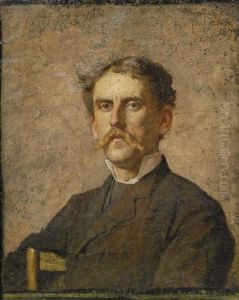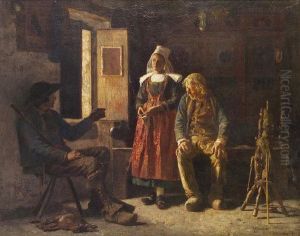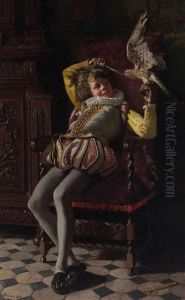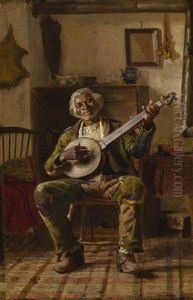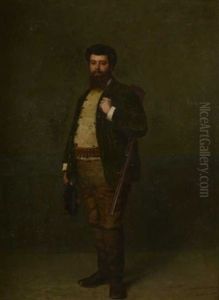Thomas Hovenden Paintings
Thomas Hovenden was an Irish-American artist renowned for his genre paintings and his role as a teacher at the Pennsylvania Academy of the Fine Arts. Born on December 28, 1840, in Dunmanway, Ireland, Hovenden showed an early interest in the arts. He began his artistic training at the Cork School of Design in Ireland. In search of greater opportunities, he emigrated to the United States in 1863, settling in New York City.
Hovenden continued his education at the National Academy of Design in New York and subsequently established himself as a portrait painter. His career took a significant turn when he decided to further his studies in Paris at the École des Beaux-Arts under the tutelage of Alexandre Cabanel. During his time in France, he was influenced by the French realist movement, which is evident in his later works.
In 1881, Thomas Hovenden married Helen Corson, an artist he met while living in the art colony of Pont-Aven in Brittany, France. The couple returned to the United States and settled in Plymouth Meeting, Pennsylvania, where they became central figures in the local artistic community. Hovenden's home, which also served as his studio, became a gathering place for artists and intellectuals.
As a genre painter, Hovenden was known for his depictions of everyday life and historical scenes, often imbued with strong emotional content and social commentary. One of his most famous works, 'The Last Moments of John Brown' (1884), captures the abolitionist John Brown being led to his execution and is praised for its poignant humanity.
In addition to his painting career, Hovenden was a respected educator. In 1886, he was appointed as a professor at the Pennsylvania Academy of the Fine Arts, where he influenced a generation of artists, including the notable African American painter Henry Ossawa Tanner.
Tragically, Hovenden's life was cut short when he died in a train accident on August 14, 1895, while trying to save a little girl who had wandered onto the tracks. His legacy lives on through his works, which are held in major museums, and through the artists he taught and inspired.
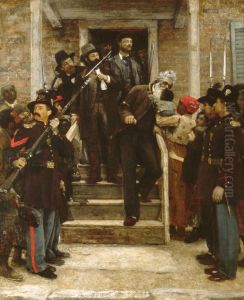
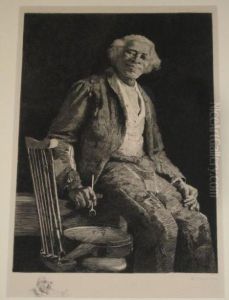
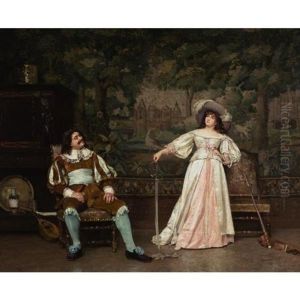
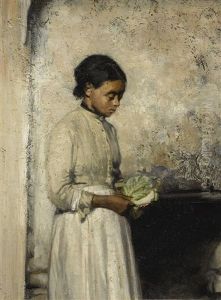
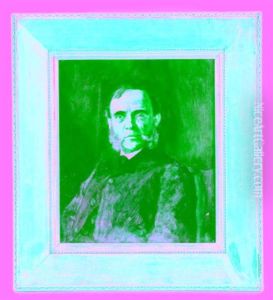
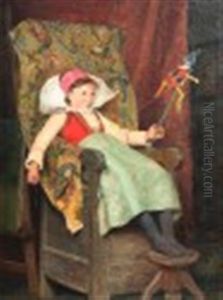
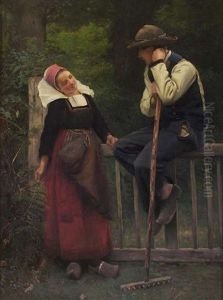
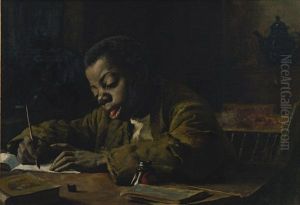
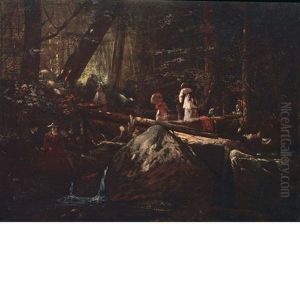
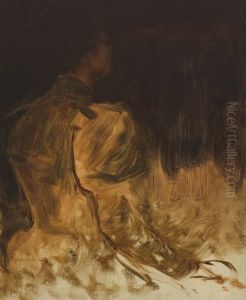
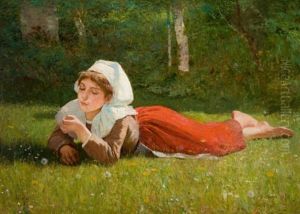
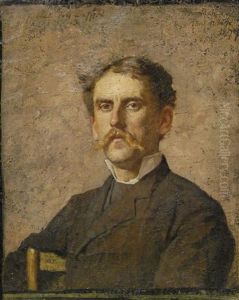
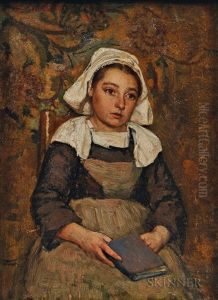
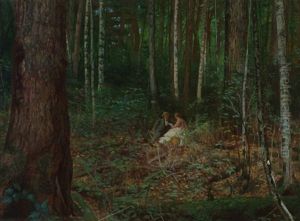
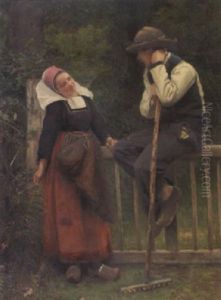
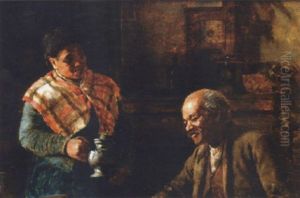
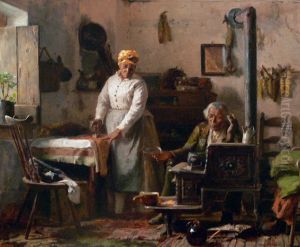
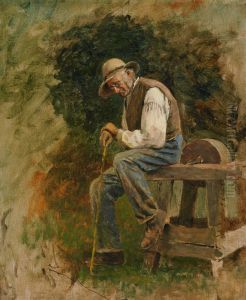
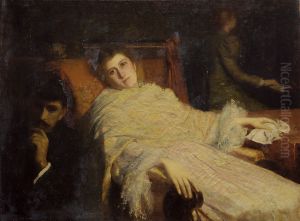
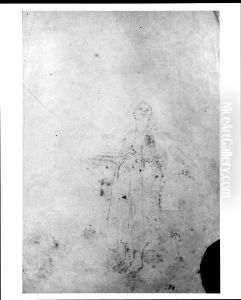
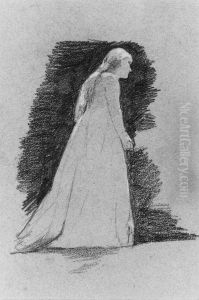
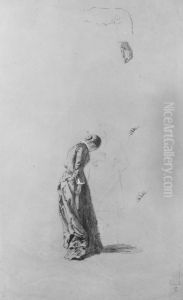
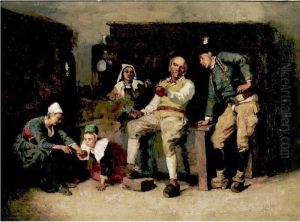
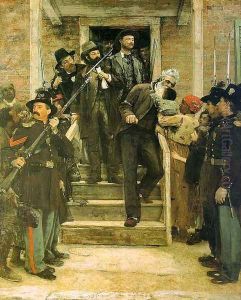
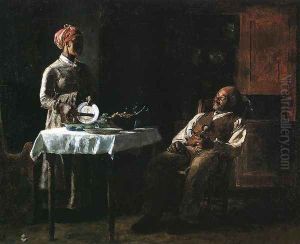
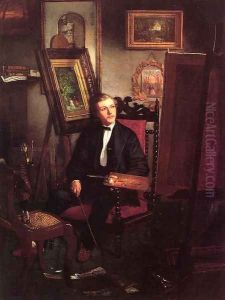
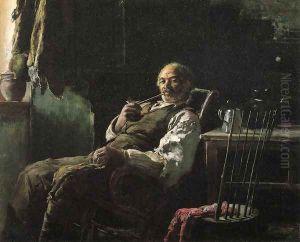
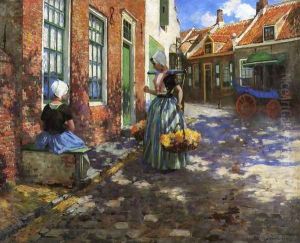
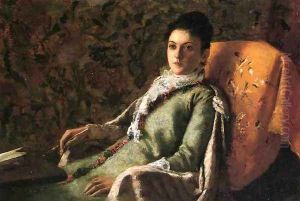
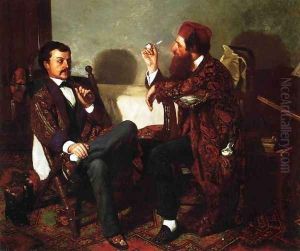
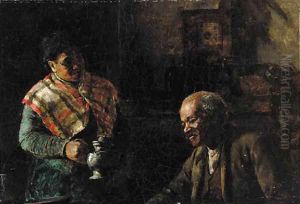
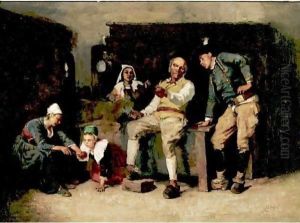
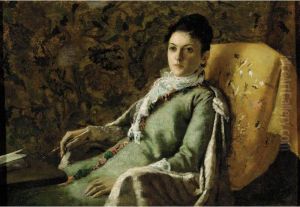
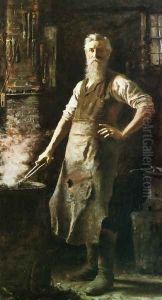
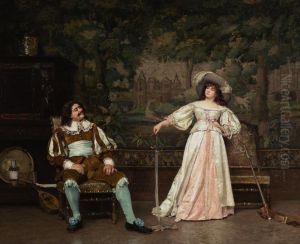
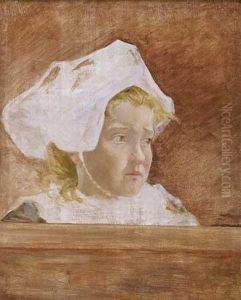
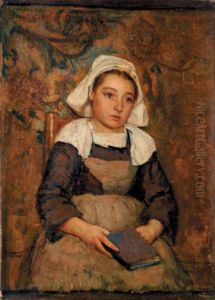
![In The Hands Of The Enemy [after Gettysburgh]](https://www.niceartgallery.com/imgs/679093/s/thomas-hovenden-in-the-hands-of-the-enemy-after-gettysburgh-8b800c24.jpg)
